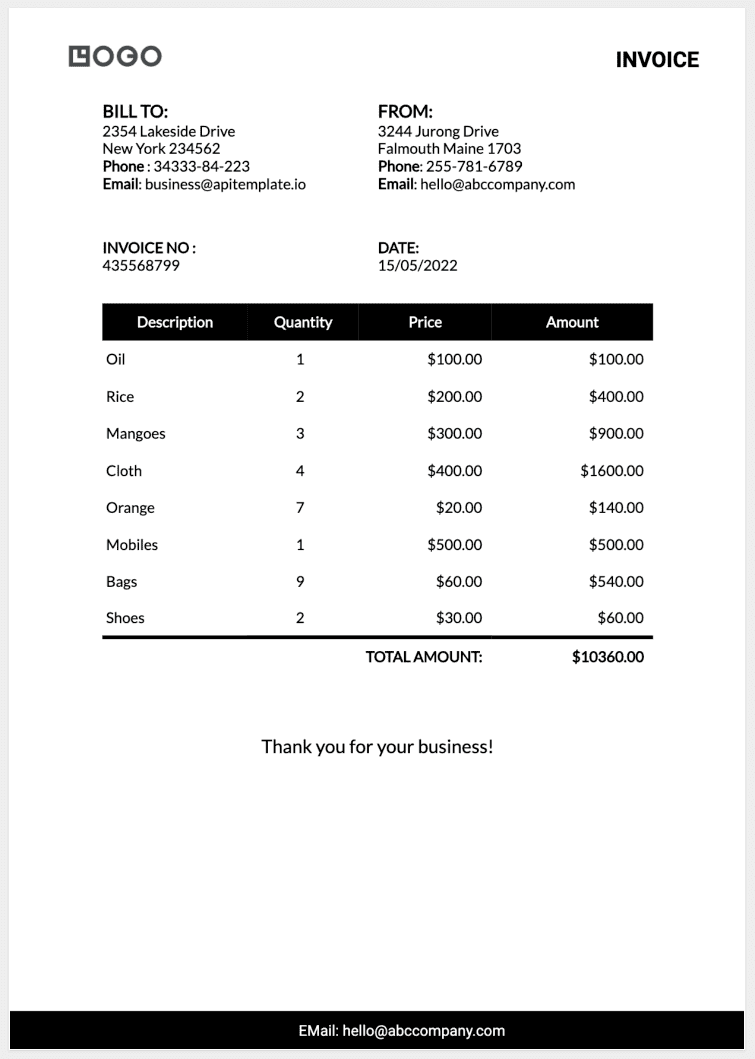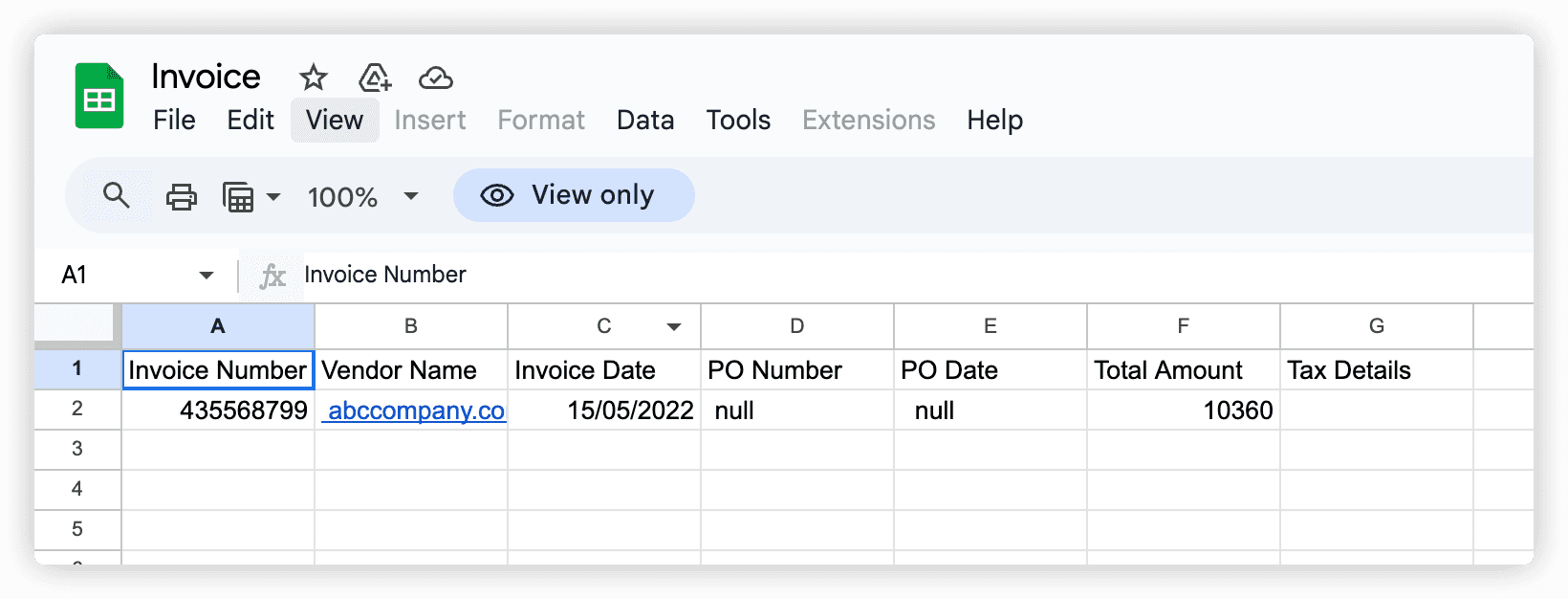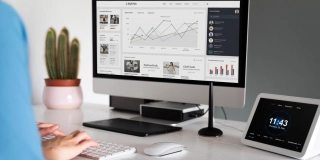AI Agents for Every Workflow
- Automate any workflow, from customer support to advanced data insights.
- Seamless integration with 1,500+ platforms and tools (CRM, ERP, chat).
Manual invoice processing—typing data from PDFs into spreadsheets, cross-checking line items, and chasing
approvals—drains B2B SaaS teams’ time and increases errors. GPTBots’ recordInvoice workflow solves this by combining *
AI invoice processing* and Google Sheets integration to automate every step. Below is a detailed breakdown of how it
works, who it serves, and how to implement it.
The core purpose of the recordInvoice workflow is to automate end-to-end invoice management for teams across
industries—eliminating manual work while ensuring accuracy and visibility. Specifically, it:
invoice parser).It balances flexibility (for diverse industries) and practicality, prioritizing compliance, scalability, and integration with tools most teams already use (Google Workspace).
The recordInvoice workflow works for teams of all sizes and industries that handle vendor invoices (e.g.,
supplies, services, tools, logistics). While our B2B SaaS team relies on it for tool subscriptions, it’s just as
valuable for:
No coding skills are required—ideal for teams without dedicated developers.
Teams across industries face similar invoice-related pain points with manual processes, and the recordInvoice workflow
addresses them head-on:
| Pain Point | How the Workflow Solves It |
|---|---|
| Time-Consuming Manual Data Entry | AI extracts data automatically, cutting processing time by 70–80%. |
| Human Error (Typos, Missing Items) | Verifies line item sums match the invoice total—no skipped or miscalculated items. |
| Lack of Visibility | All data syncs to Google Sheets; no more hunting for PDF attachments. |
| Compliance Gaps | Extracts tax_details (CGST/SGST, VAT) and po_number for audits/regulations. |
| Scalability Limits | Handles 10 to 1,000+ invoices monthly without extra staff. |
| Delayed Approvals | Instant email notifications with Google Sheet links speed up sign-offs. |
The recordInvoice workflow adapts to common scenarios across industries—here are the most practical ones:
For any team handling vendor invoices (e.g., a manufacturing team’s raw material suppliers, a SaaS team’s tool vendors
like AWS, or a retail team’s packaging suppliers), the workflow automatically extracts vendor_name, total_amount,
and line_items (e.g., "steel sheets," "cloud storage," "cardboard boxes"). It logs these to Google Sheets, making it
easy to reconcile payments with contracts.
Ops or finance teams can track spending across specific categories: a restaurant might monitor food supplier invoices, an e-commerce business could track logistics fees, and our SaaS team tracks software subscription costs. By extracting line_items and syncing the data to Google Sheets, you can quickly identify overspending or adjust budgets as needed.
Finance teams no longer need to manually compile invoice records for audits—whether you’re in a regulated industry (like healthcare) or a small business. The workflow stores all structured data (invoices, POs, taxes) in Google Sheets, so auditors can access what they need directly, cutting preparation time by 50%.
When an invoice is processed, the workflow sends an email to approvers (e.g., a finance manager for a corporate team, a business owner for a startup) with a link to the Google Sheet. Approvers can review line items and sign off faster—no more waiting for PDF attachments or in-person checks.
For distributed teams (e.g., a sales team in Mumbai, a finance team in Delhi, or a SaaS team with remote members), the shared Google Sheet and email alerts ensure everyone has access to the same invoice data. No more forwarding PDFs or chasing updates—just real-time alignment.
The recordInvoice workflow is a pre-built, no-code solution with 5 core features:
Uses an OpenAI-powered invoice parser to pull structured data from any invoice PDF (digital/scanned),
including: invoice_number, vendor_name, invoice_date (DD/MM/YYYY), po_number (or null), total_amount (
float), tax_details (CGST/SGST/VAT), and line_items (serial no., description, quantity, unit price, line total).

Calculates line item totals and matches them to the invoice’s total_amount; re-parses if mismatched to avoid missing
items.
Auto-logs extracted data to a shared Google Sheet (you choose the sheet/tab) for easy filtering, sorting, and backup.

Sends alerts to your team with key invoice details and a direct Google Sheet link—keeps approvals on track.

Add/remove fields (e.g., "department"), adjust email recipients, or connect tools like QuickBooks—no coding needed.
Implement in 15 minutes or less (no technical skills required):
Log in to GPTBots → go to "Template Library" → search "recordInvoice" → click "Use Template."
Securely link:
Tweak fields (e.g., add "project name"), edit email content, or adjust verification rules.
Upload a past vendor invoice → check data extraction accuracy → confirm Google Sheet sync and email notification.
Toggle workflow to "Active" → set a trigger (e.g., "process new PDFs in Google Drive") → share the Google Sheet link with your team.
Check the GPTBots dashboard weekly for issues → update the workflow as your team’s needs change.
Unlike generic AP tools, recordInvoice works for your team—whether you’re in SaaS, manufacturing, retail, or
e-commerce:
For our B2B SaaS team, it cut invoice processing time by 75%. For you, it means fewer errors, more time for high-impact work, and clearer spend visibility—regardless of industry.






